Anne Frank was a Jewish girl who lived in Amsterdam during the Holocaust. She was born on June 12, 1929, to Otto and Edith Frank. Her father was a businessman and her mother was a homemaker. She had an older sister named Margot. In 1933, when Anne was four years old, Adolf Hitler and the Nazi party came to power in Germany. This caused great concern for the Frank family, as they were Jewish. In 1940, Germany invaded the Netherlands and the Frank family knew they had to go into hiding to avoid being captured by the Nazis.
On July 6, 1942, the Frank family, along with four other Jews, went into hiding in an annex above Otto Frank’s office. They were helped by several of Otto’s employees, who risked their own lives to protect the Frank family. They lived in the annex for over two years, until they were betrayed and arrested by the Gestapo on August 4, 1944. Anne wrote about her life in hiding in a diary, which she received as a birthday present on her 13th birthday. She wrote about her thoughts, feelings, and experiences in the annex. She also wrote about her hope for the future and her desire to become a writer. After their arrest, the Frank family was sent to Auschwitz concentration camp. Anne and her sister Margot were later transferred to Bergen-Belsen concentration camp, where they both died of typhus in March 1945, just a few months before the camp was liberated by the Allies.
Anne’s father, Otto Frank, was the only member of the Frank family to survive the Holocaust. He returned to Amsterdam and found Anne’s diary in the annex. He had it published, and it has since become one of the most widely read and powerful accounts of the Holocaust. The diary has been translated into many languages and has been made into a play and a movie. Anne Frank’s diary is a powerful reminder of the atrocities committed during the Holocaust and the humanity of the victims. It is a testament to the resilience and spirit of one young girl and her family, who faced unimaginable hardship and suffering. Anne’s legacy lives on through her diary and the continued effort to educate future generations about the Holocaust and the importance of tolerance and acceptance.
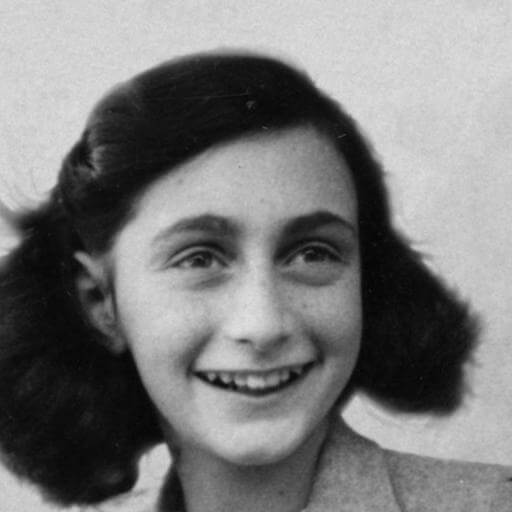
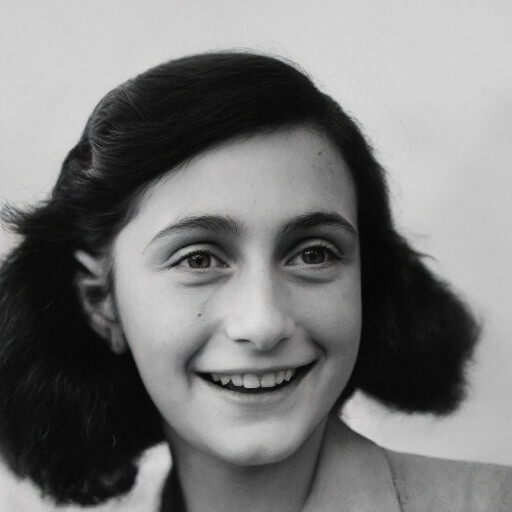
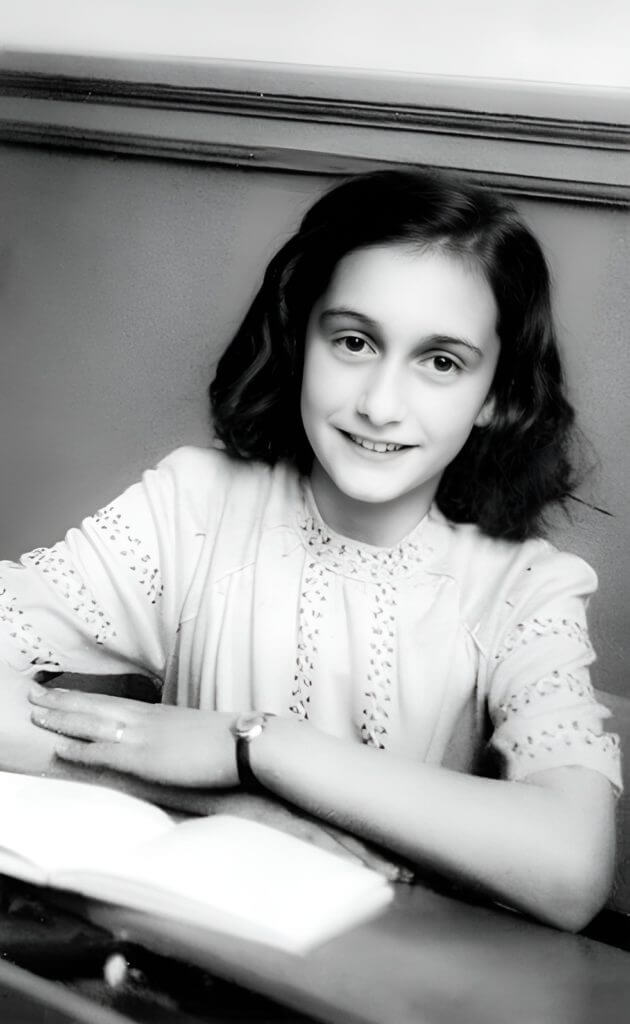
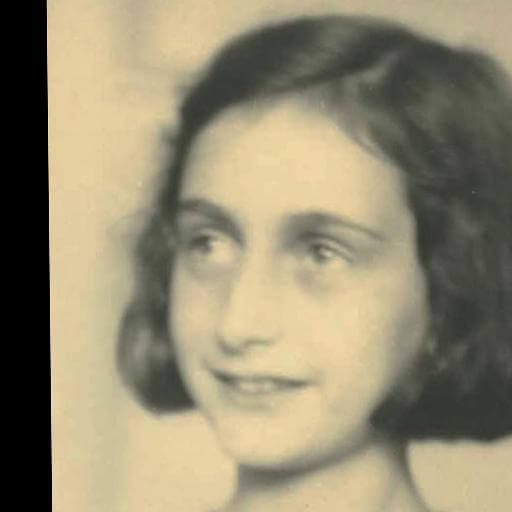
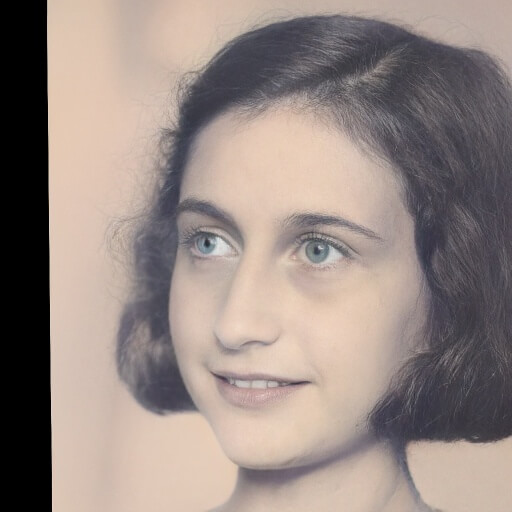
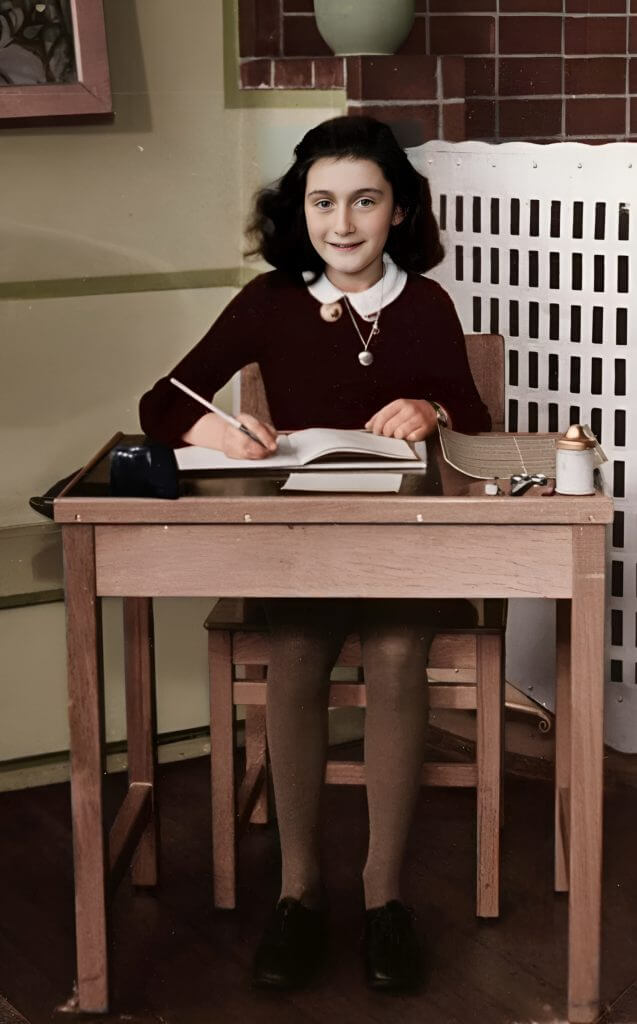
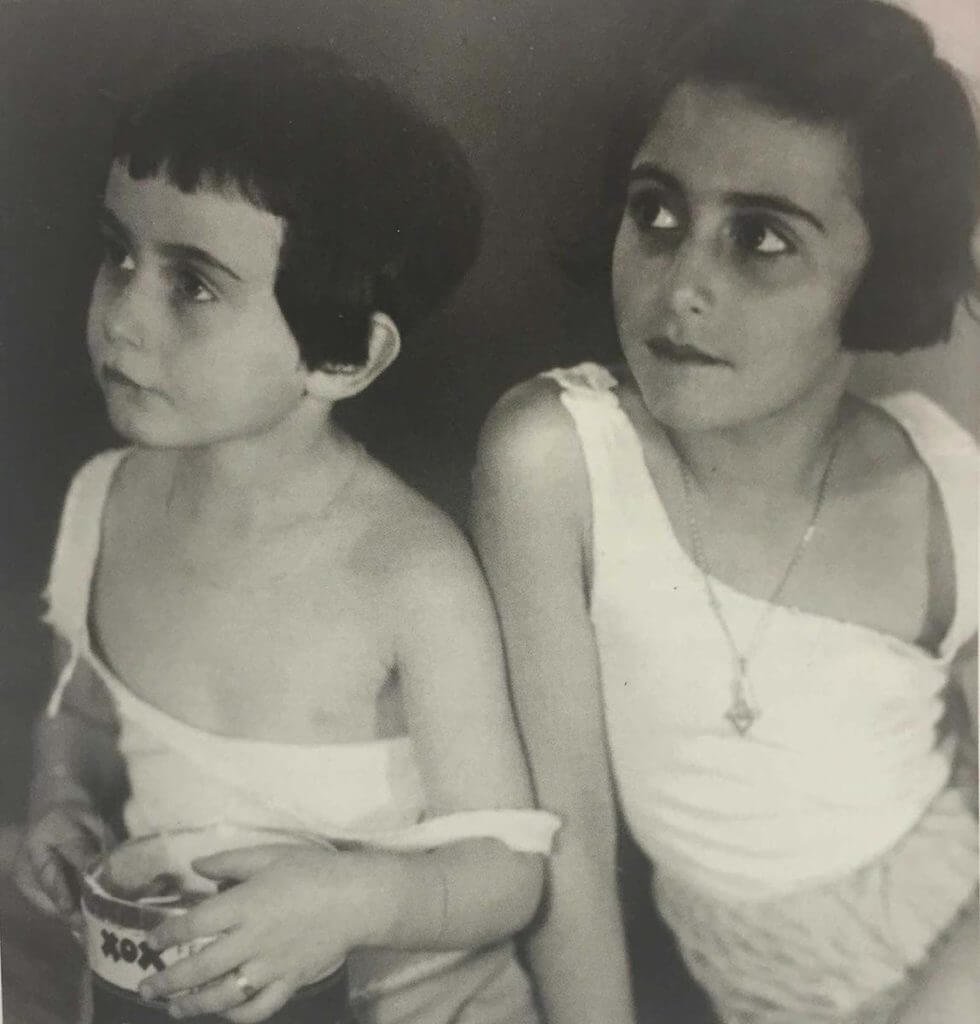
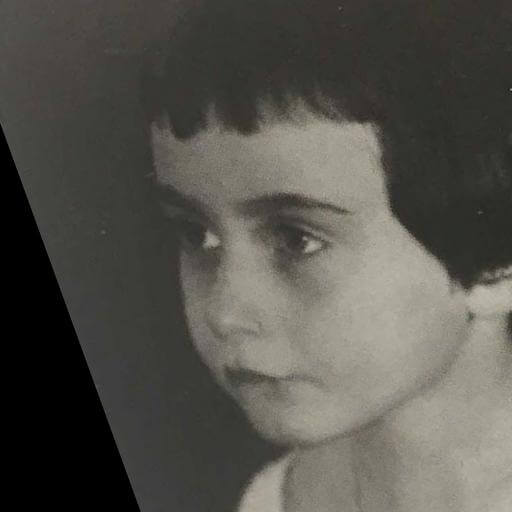
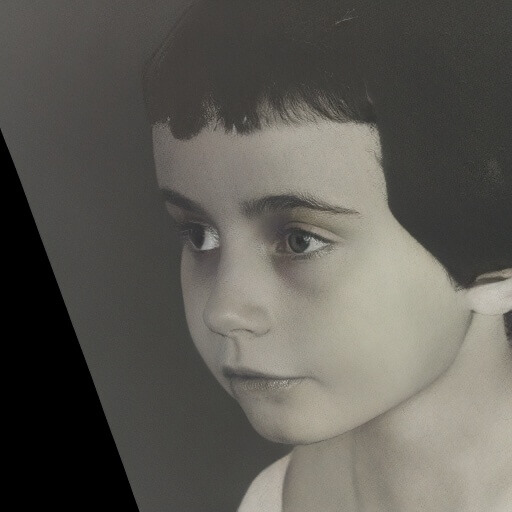
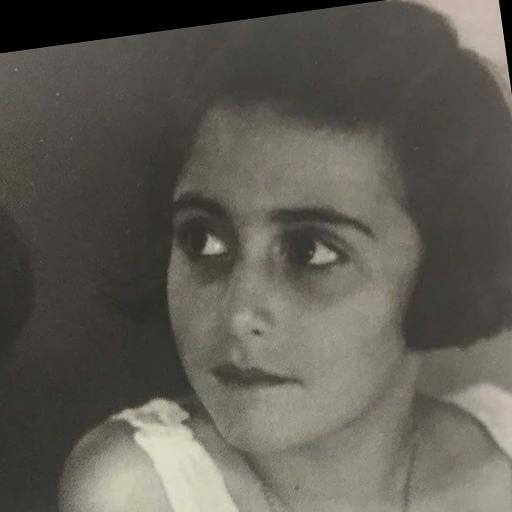
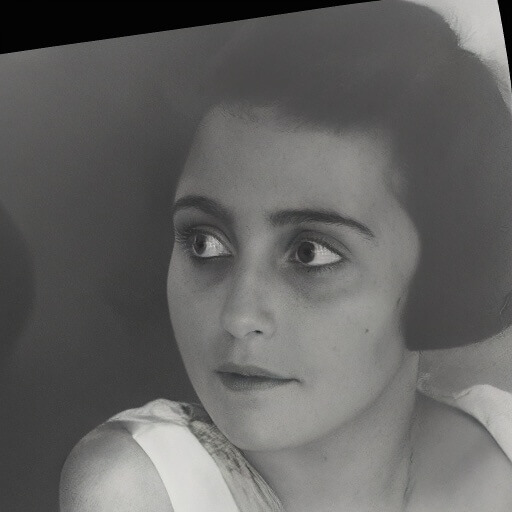
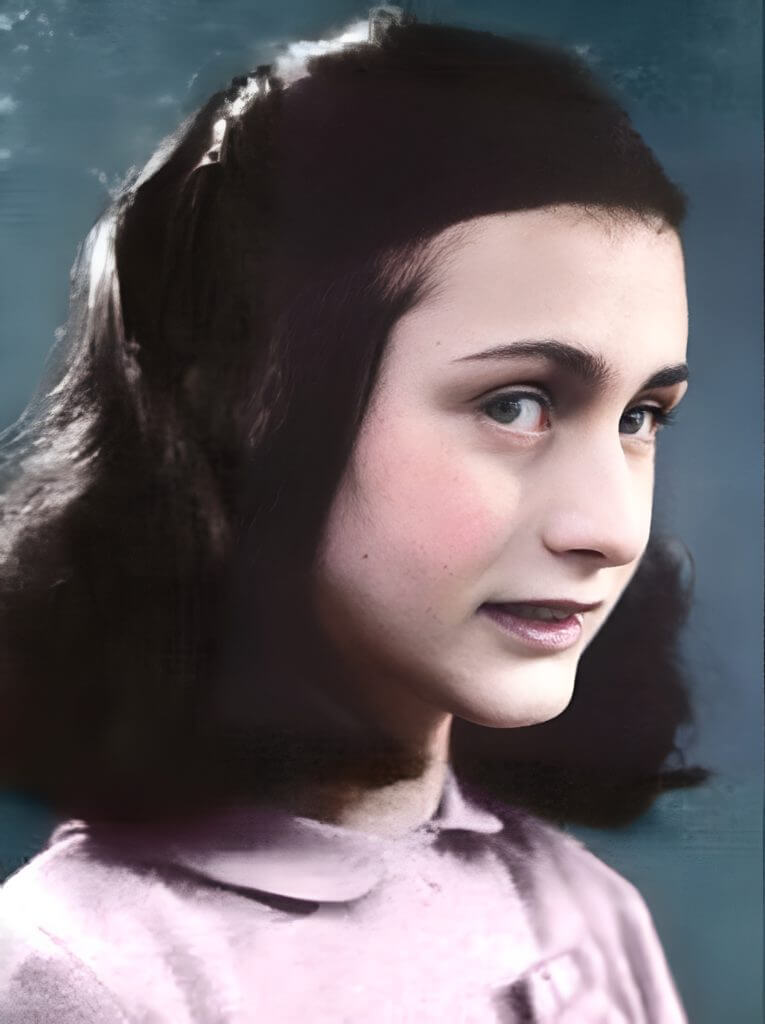
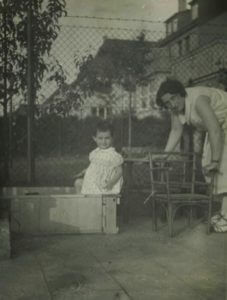
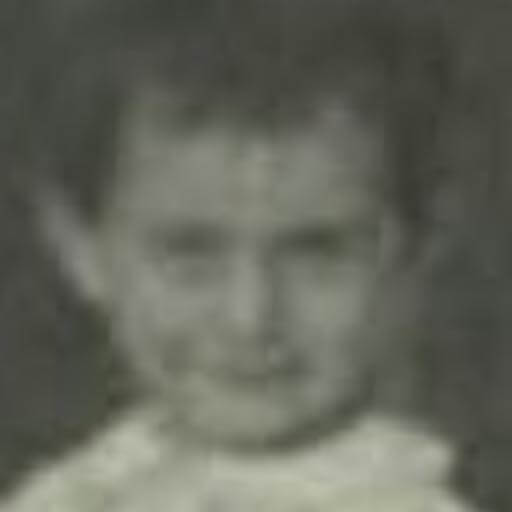
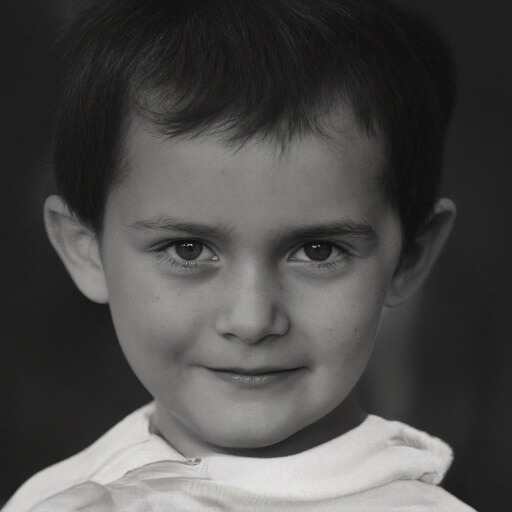
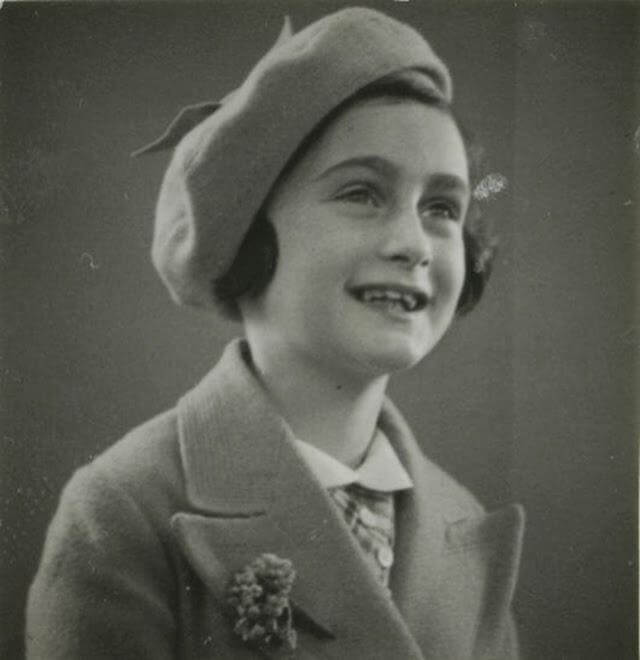
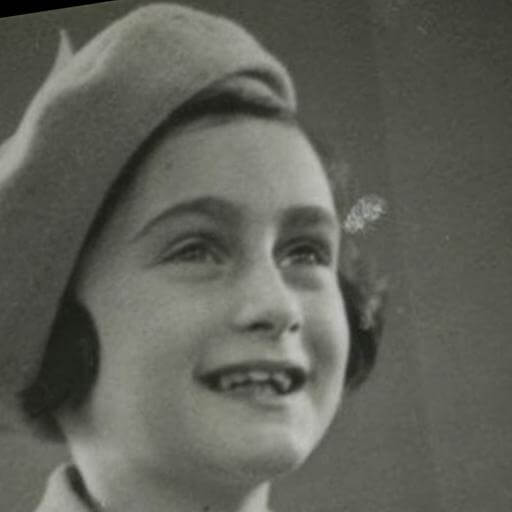
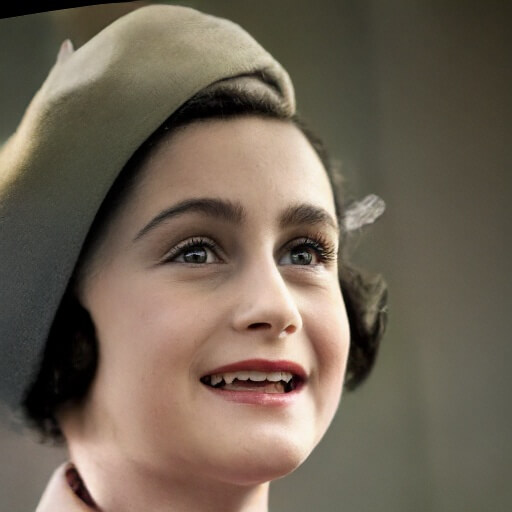
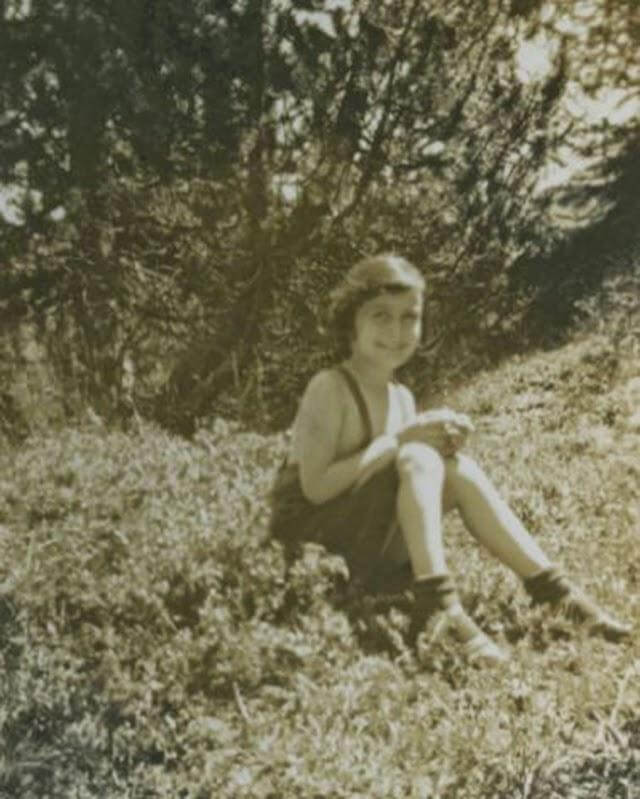
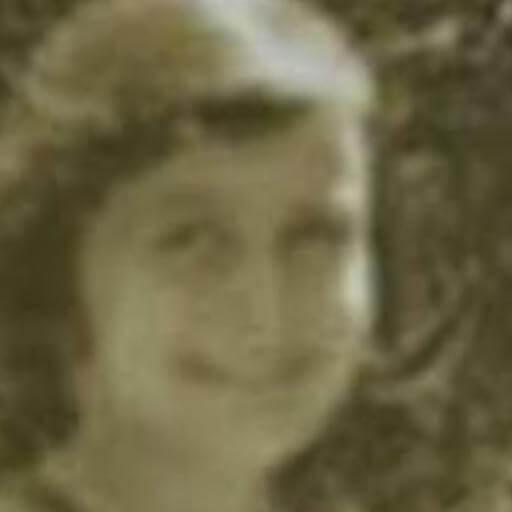
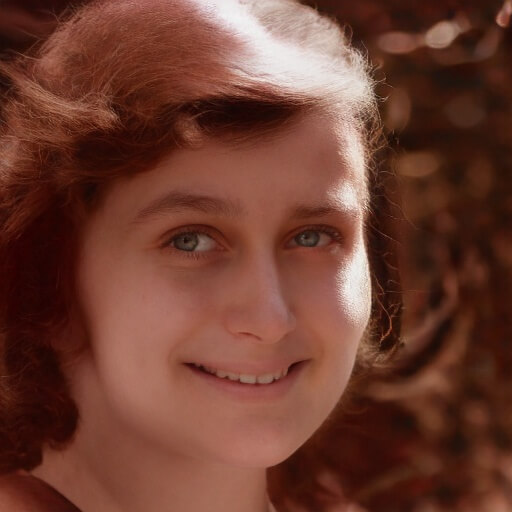
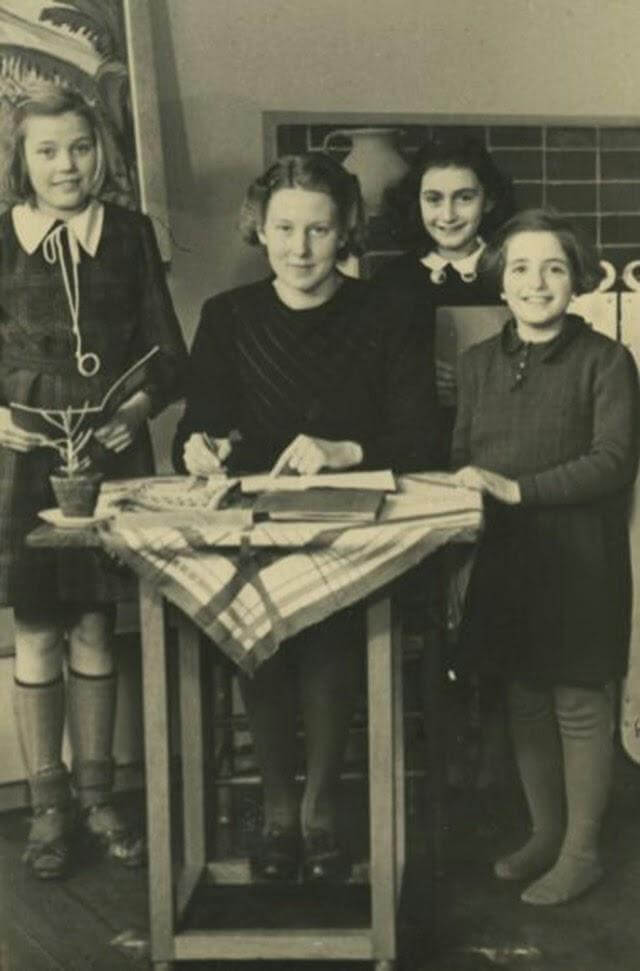
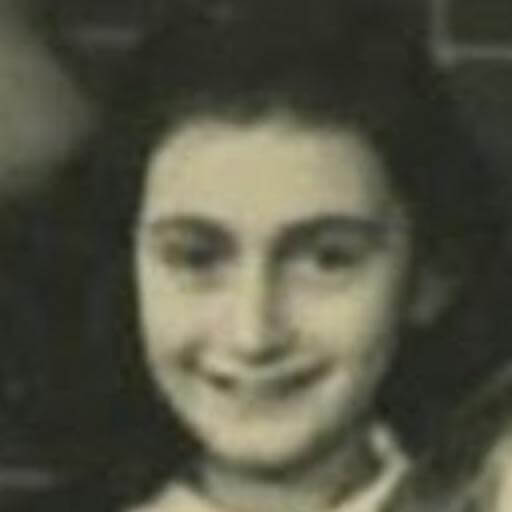
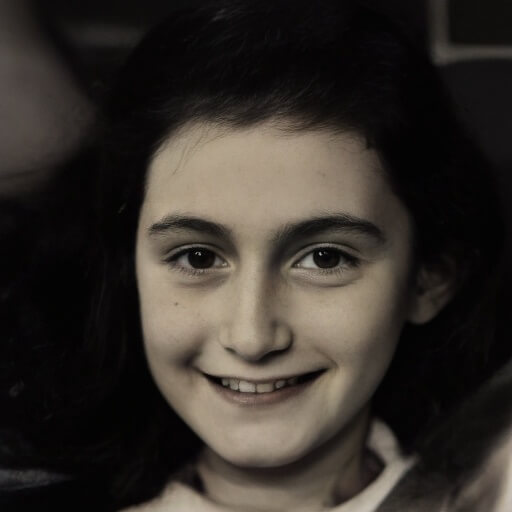
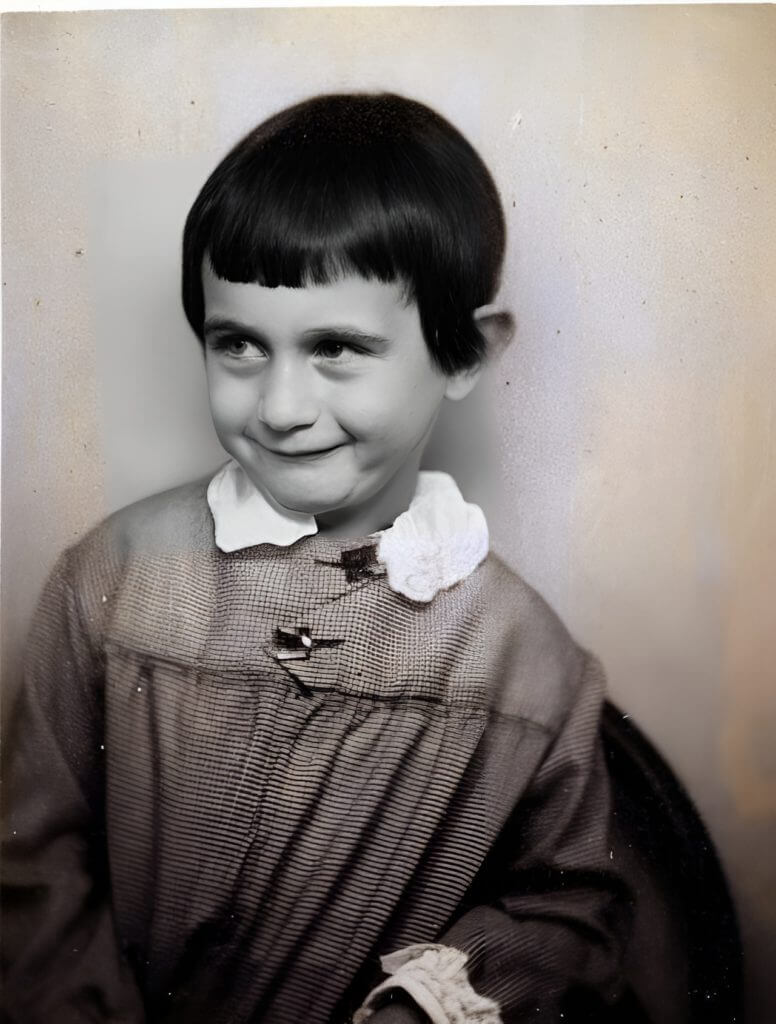
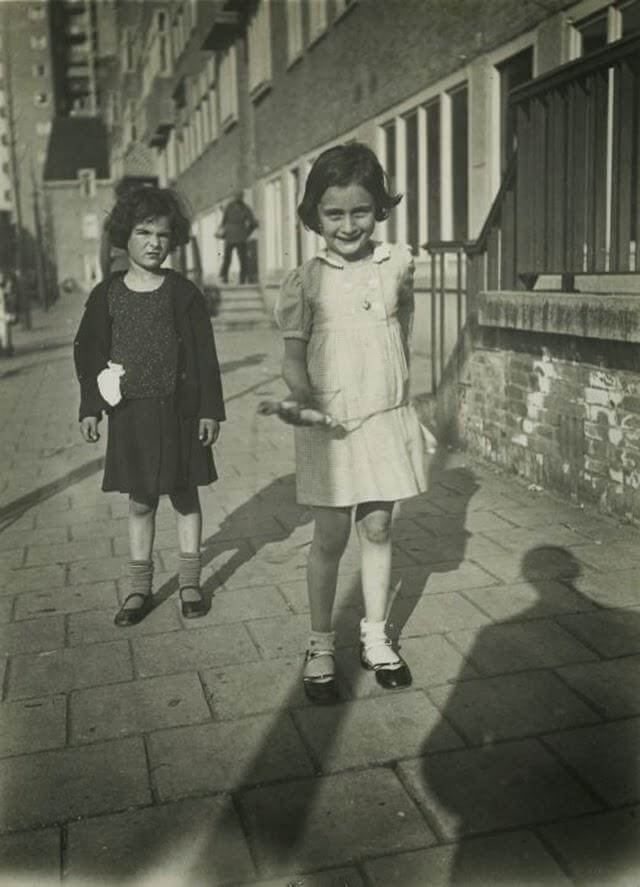
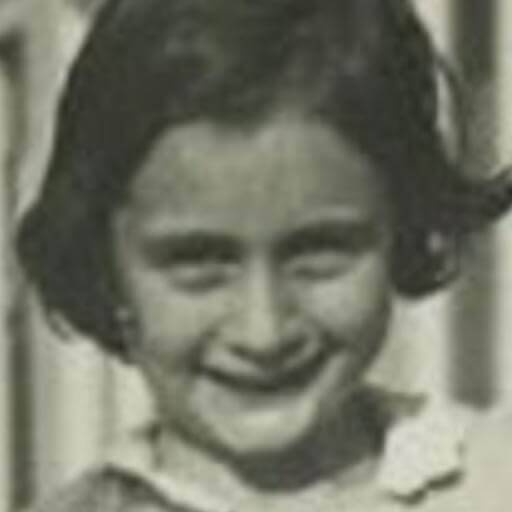
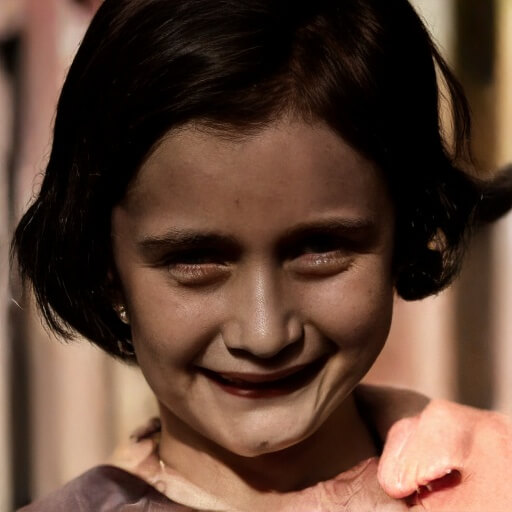
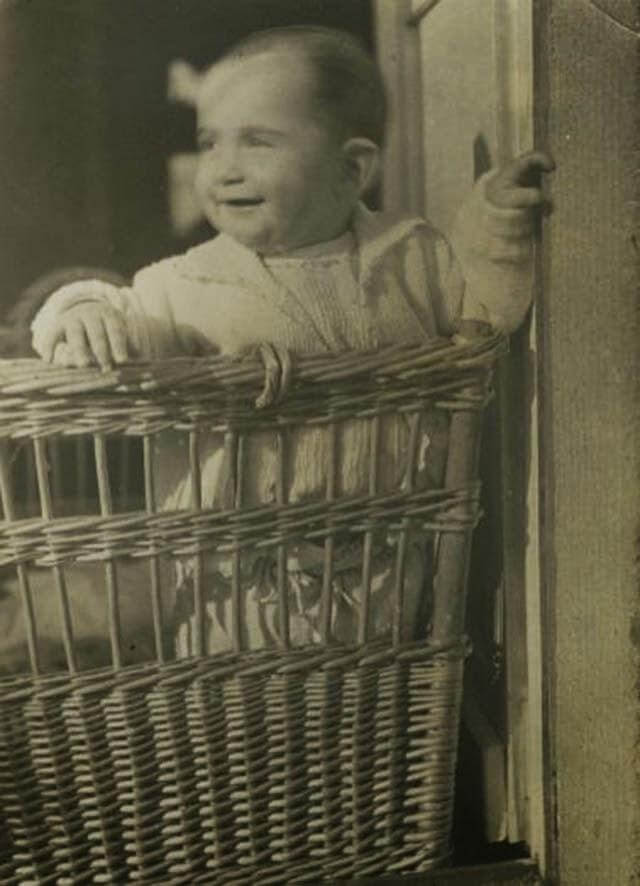
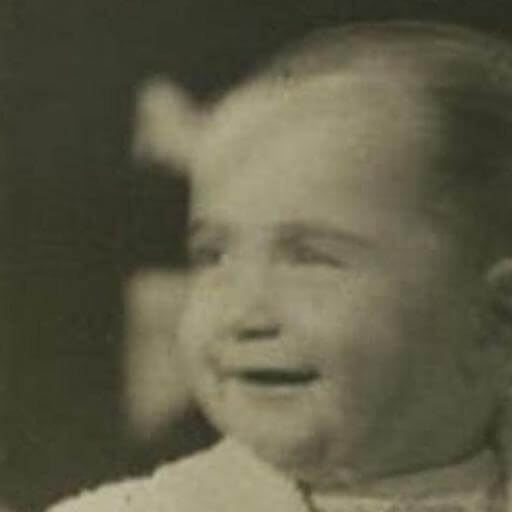
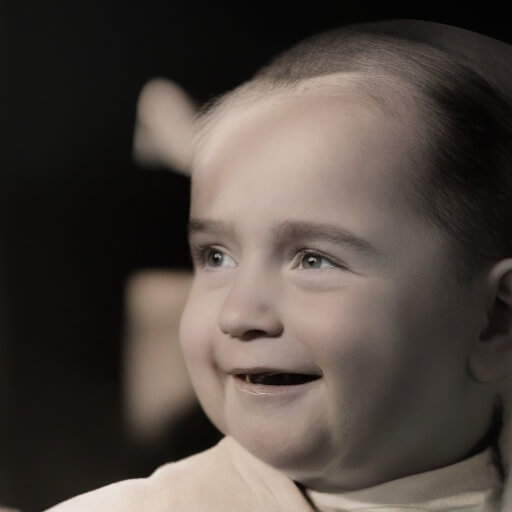
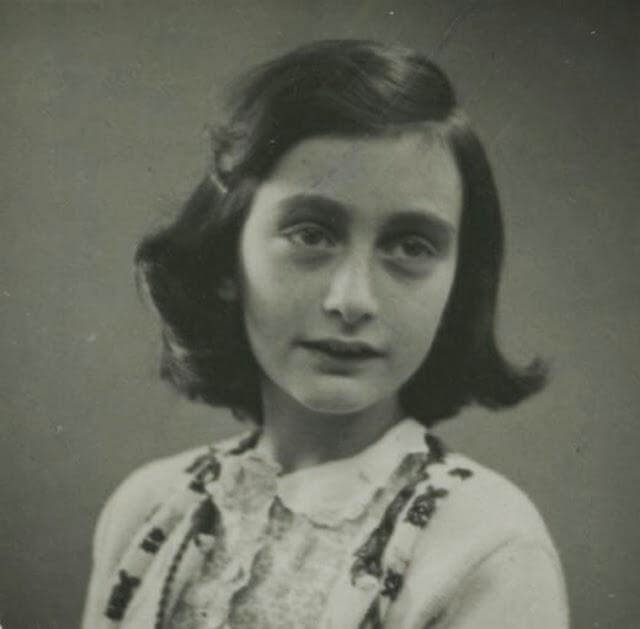
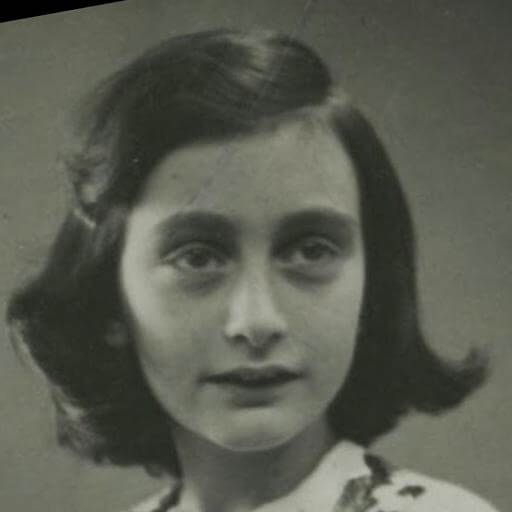
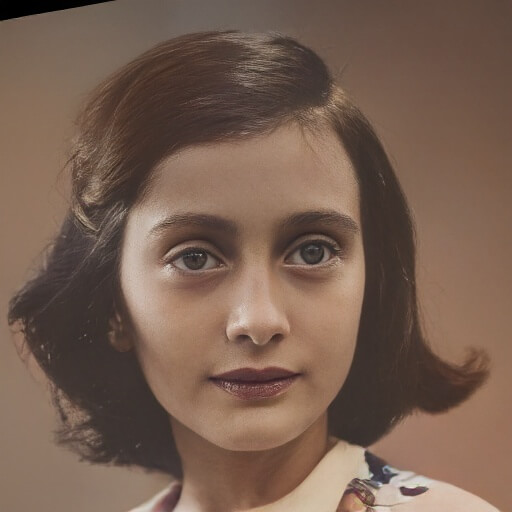
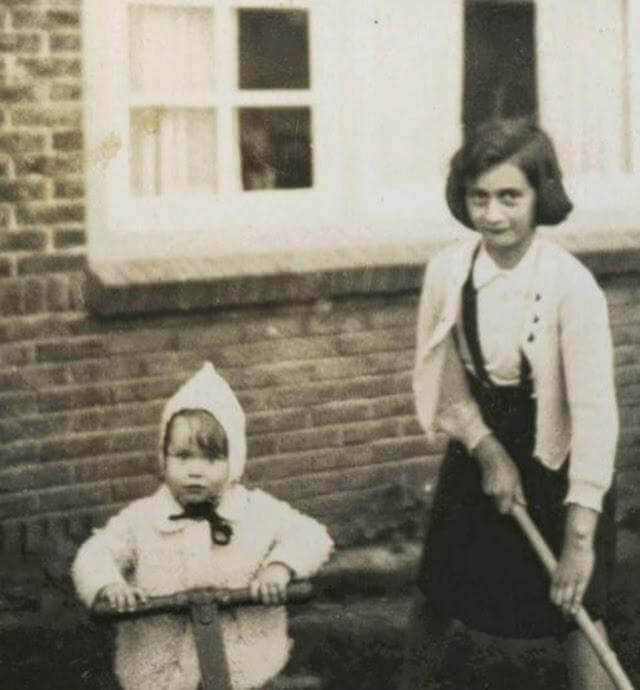
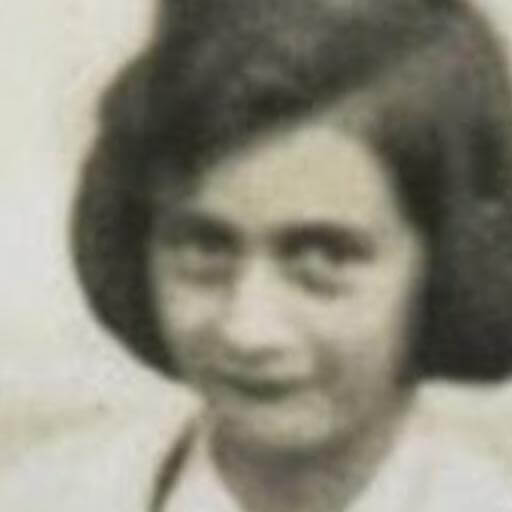
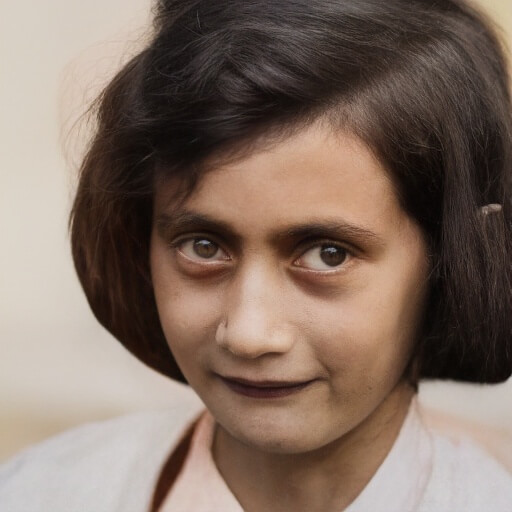

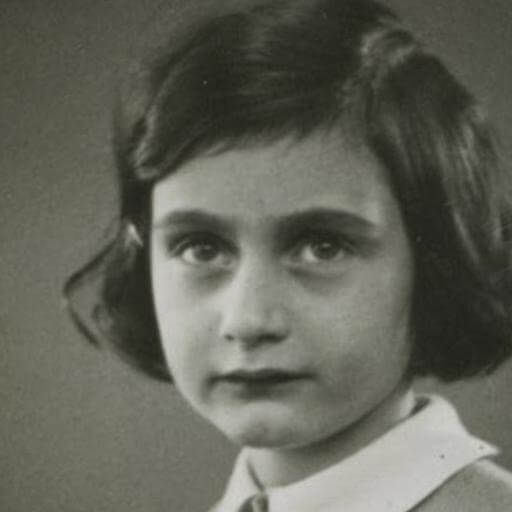
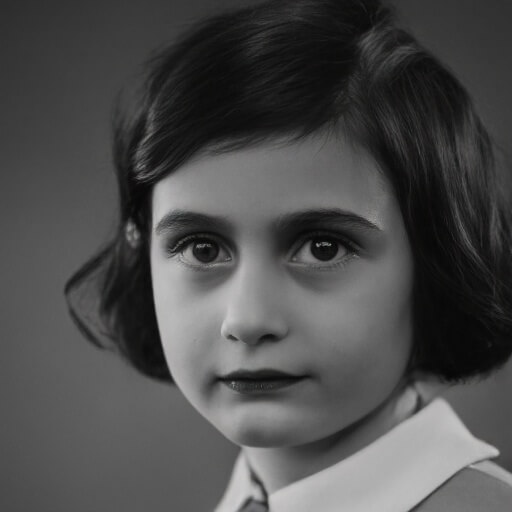
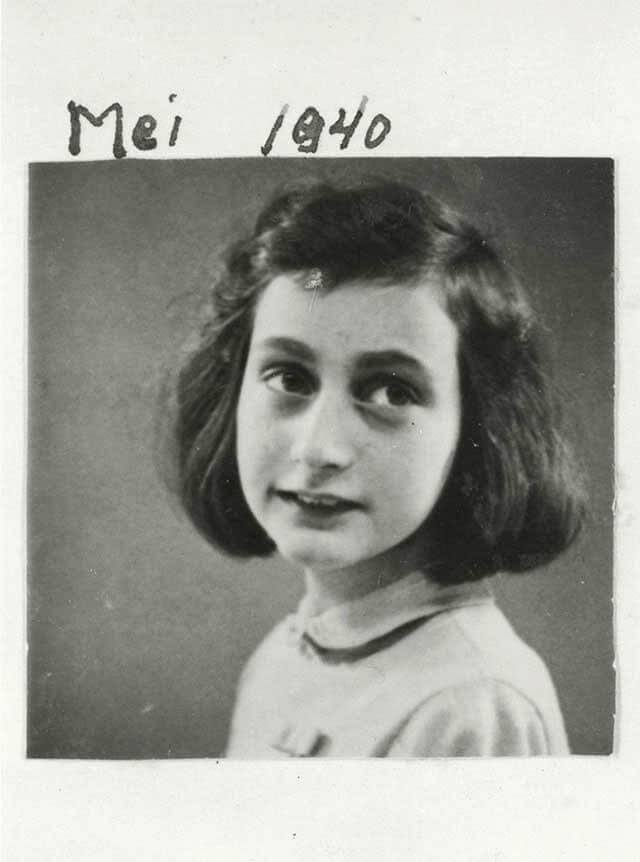
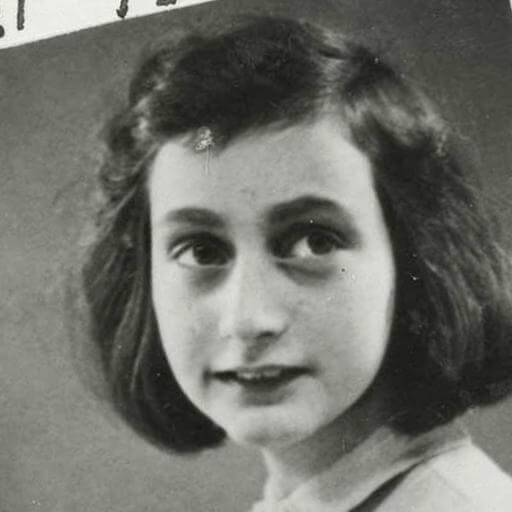
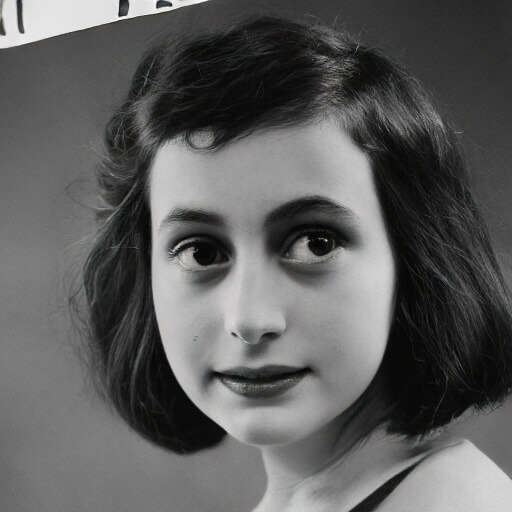
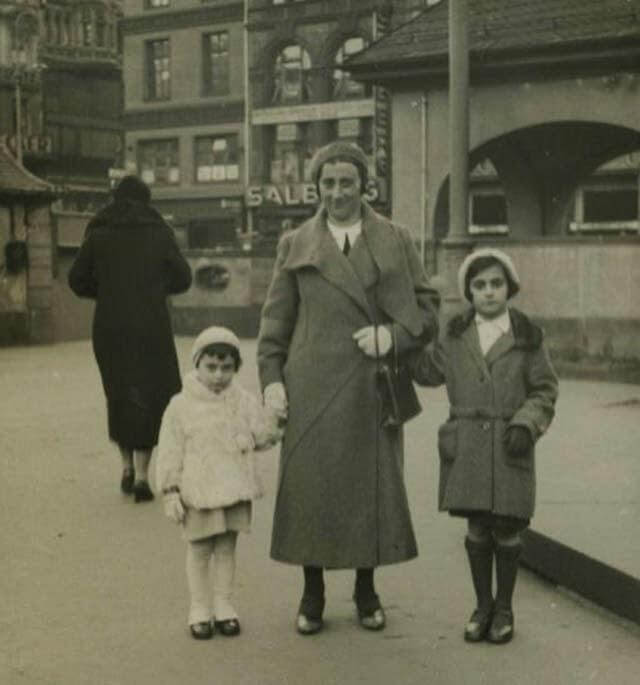
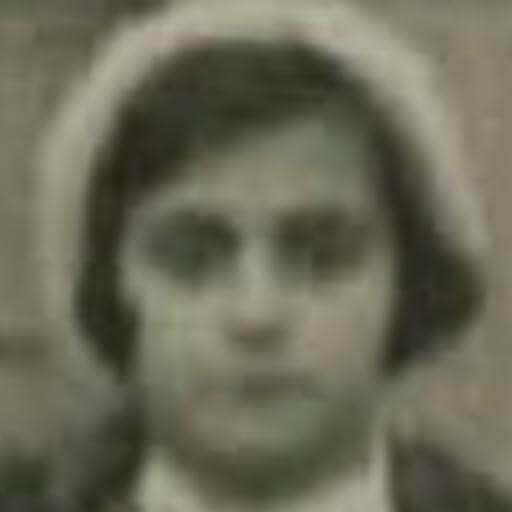
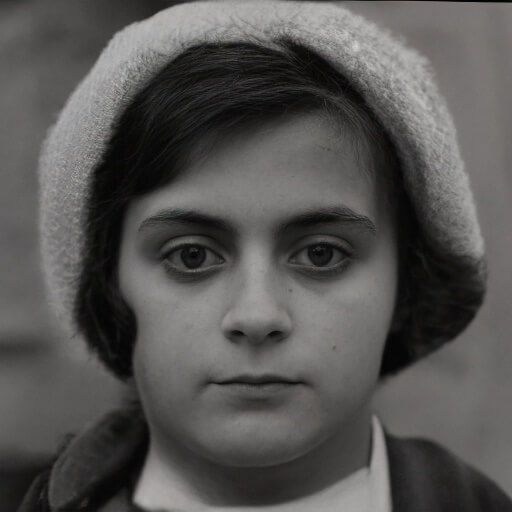
Who was Anne Frank?
A collection of high-definition (HD) photos of Anne Frank would likely include a variety of images from different stages of her life. Some of the photos may have been taken by Anne herself, while others may have been taken by family members or friends.
The collection would likely include photographs of Anne as a young child, growing up in Amsterdam with her parents and sister Margot. These photos would likely show Anne playing with friends, participating in family activities, and going about her everyday life.
As Anne grew older, the collection would likely include photos of her at school and with her friends. These photos would provide a glimpse into her life as a teenager and her interests and hobbies. There may also be photos of her writing in her diary and expressing her thoughts and feelings.
The collection would also likely include photos taken during the time the Frank family was in hiding. These would be rare and precious images, showing the cramped and difficult conditions of their life in the annex. They would also likely show the camaraderie and support that the families in hiding relied on to survive.
There may also be photographs of Anne and her family after their arrest and during their time in concentration camps. These would be difficult to look at but are important to remember the atrocities of the Holocaust.
Finally, the collection would likely include photos of Anne’s legacy and her diary. This would be photographs of the book, its cover, and images from the play and movie adaptations.
Overall, a collection of HD photos of Anne Frank would provide a powerful and moving visual representation of her life, her thoughts, and her legacy. It would be a reminder of the Holocaust and the atrocities committed during that time, but also the strength and resilience of one young girl and her family.






